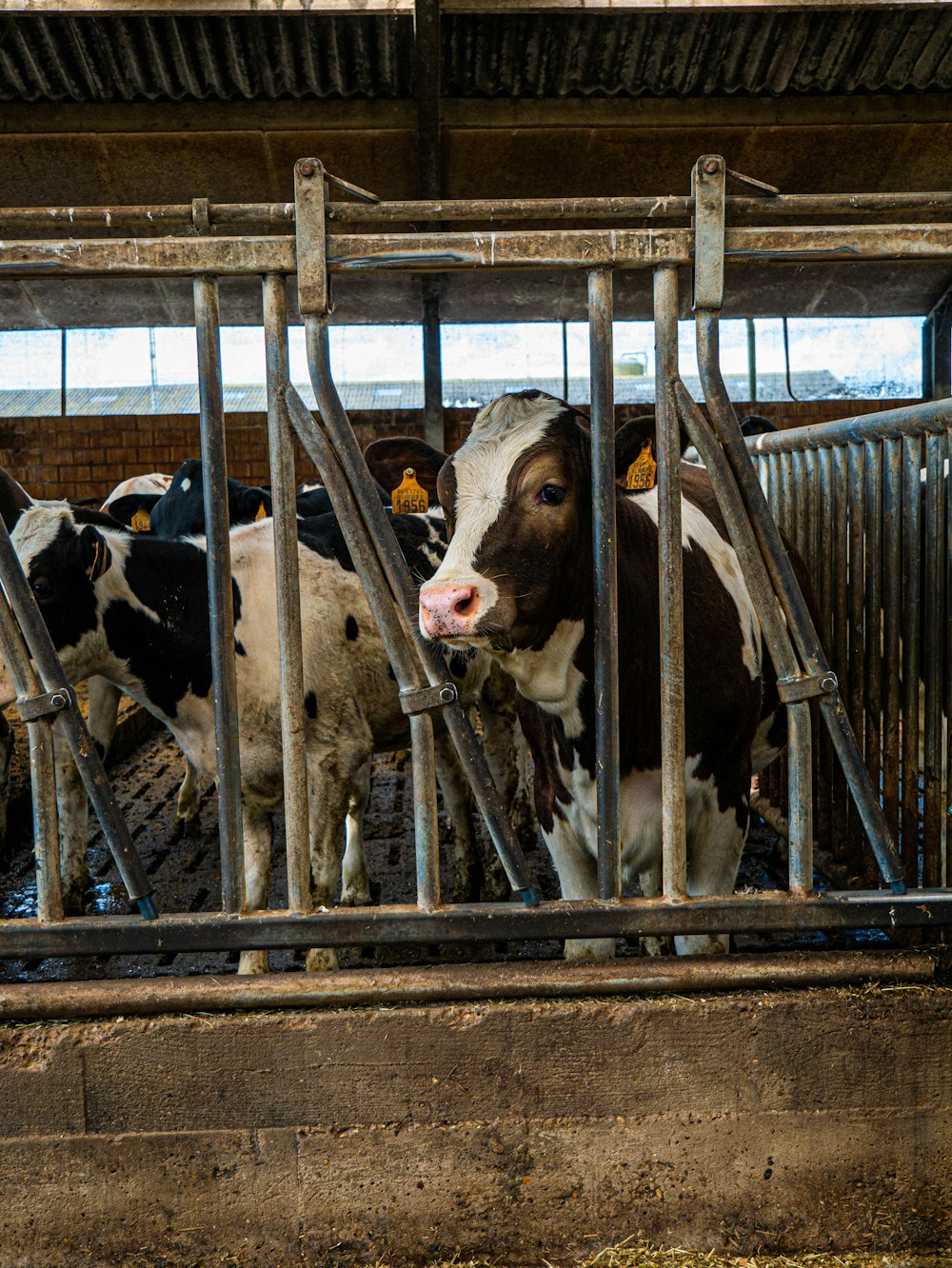From nutraceuticals to a business unit within a strategic investment arm: The journey of Nu Skin from network marketing behemoth into growing dairy/cattle feed indoors via Grōv Technologies.
Some 30 months ago (in late 2018), I had the interesting pleasure of visiting a colleague at his new employer, a firm nestled in a nondescript concrete tilt-up building in Vineyard, Utah.
Inside of the walls of the then-named Groviv was a facility that was anything but-nondescript.
In fact, it was a mashup of Silicon Slopes slickness meets white coat laboratory combined with a roboticized agricultural grittiness.
The premise then was what if you could solve many of the challenges of feeding livestock throughout the year, regardless of climate restrictions, by …
- Implementing indoor vertical growth platforms,
- Maximizing nutritional output,
- Reducing water usage, and
- Automating growth management and harvesting?
It turns out this enterprise was a 2016 acquisition of Provo-based Nu Skin Enterprises which had apparently wondered if the company might be beneficial as a possible source for some of its plant-based products.
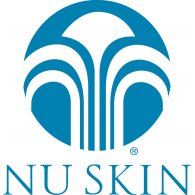
Instead, it had grown into this new Nu Skin-backed enterprise focused on agriculture feed and grow-lighting technologies.
In its 2019 Annual Report, Nu Skin explained that it had acquired three different companies in 2018 which were owned by its strategic investment arm named Rhyz (which was formed in 2019). But in addition, this roboticized ag-feed/grow-lighting company had also been folded into Rhyz.
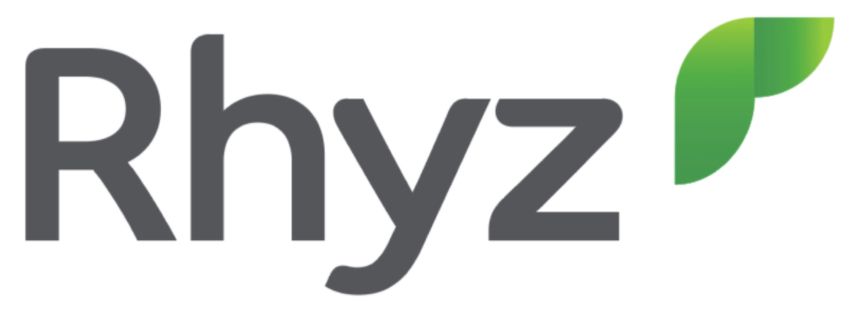
According to the 2020 Nu Skin Annual Report, annual revenue from the Rhyz subsidiaries/business units had risen to $165 million, roughly 6.5% of Nu Skin’s yearly revs. And here’s where it gets interesting.
In late 2020, the now-renamed Grōv Technologies announced it was formally launching the Olympus Tower Farm, an automated indoor growing system capable of producing between 5,000 to 6,000 pounds of wheat/barley grass per day.
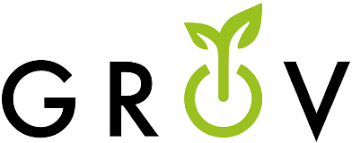
Each Olympus Tower Farm would require a footprint of under 860 square feet (and under 40 feet in height, if memory serves me right), replace 35—50 acres of land, and use 95% less water in the process than traditionally grown animal feed.
Specifically, Grōv’s marketing literature says an Olympus Tower Farm uses just four-acre-feet of water per year. By contrast, growing a comparable amount of livestock feed on arable land would require ~102-acre-feet of water annually.
In addition, because the Olympus Tower Farms are controlled by a Grōv operating system that powers the lighting system, water flow, humidity, nutrient supply, the conveyor belt-like rotation of the plant trays, and the robotic seeding and harvesting, Grōv also significantly reduces labor costs.
In the same news release, Grōv Technologies explained that it had worked with Utah’s largest dairy farm in 2019, Elberta-based Bateman Mosida Farms, to prove that the Olympus Tower Farm would provide equal or better results, which it did.
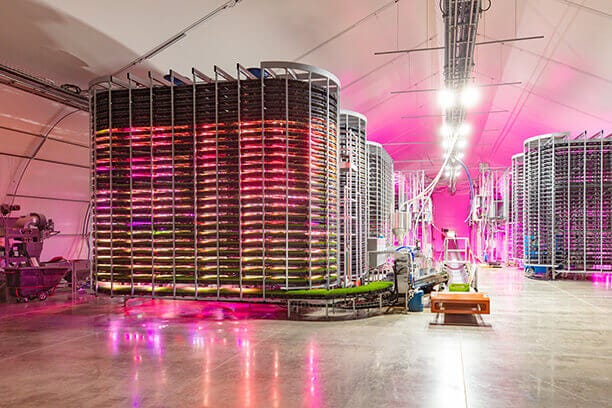
In fact, according to Bateman Mosida owner/partner, Brad Bateman:
“The results we've seen using the feed from Olympus are exciting.… Olympus has put us on the path to more efficiently feed our animals year-round and ensure the next generation of Batemans have a sustainable and profitable future.”
INSERT YOUTUBE VIDEO HERE
Bateman says that his farm will feed up to 5,000 animals in 2021 using the Grōv feed system. And according to this Smithsonian magazine article, Bateman Mosida currently has about 20,000 dairy cows.
60,000 Pounds of Cattle Feed to be Grown and Harvested Indoors Each Day by the Grōv Technologies’ Feed System in Ault, Colorado
Some 15 miles due east of Fort Collins, Colorado lies the farming community of Ault, home to under 1,600 people, yet centered in the 17th largest dairy region in the United States.
It’s here that Grōv Technologies will soon begin building 10 Olympus Tower Farms for Hunter Ridge Dairy, home to over 4,000 dairy cows.
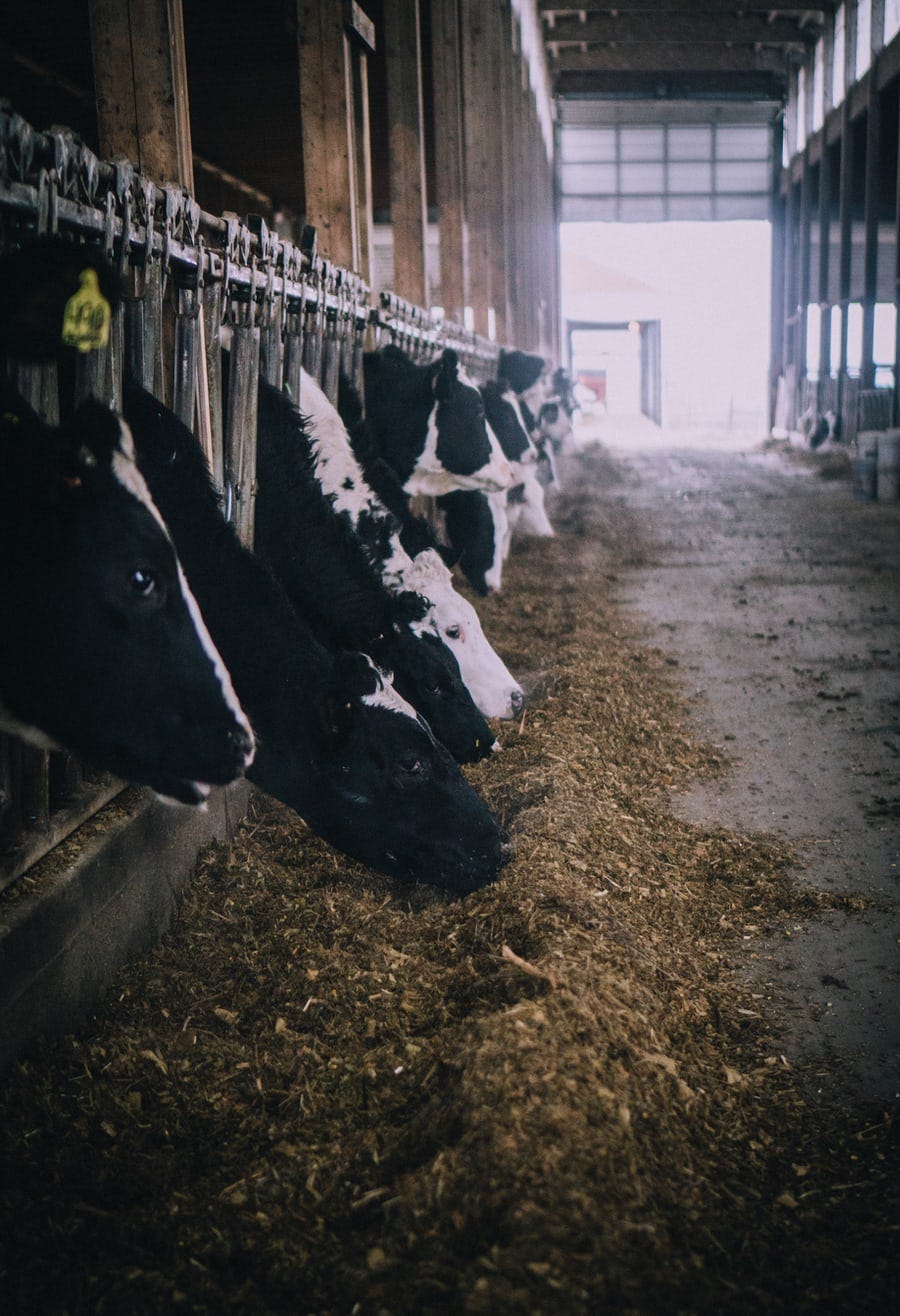
Presuming comparable feed production results to that at Utah’s Bateman Mosida Farms, the 10 Olympus Towers that will be built shortly in Colorado should produce enough freshly grown feed to support the entire Hunter Ridge herd.
When completed, the Grōv-Hunter Ridge feed center will sit on roughly one-third of an acre of ground, yet produce 60,000 lbs. of Grōv’s HDN Superfeed (High-Density Nutrient) each day of the year.
By contrast, growing a comparable amount of feed would take some 350—500 acres dedicated to field-grown fodder.
The difference, explained Hunter Ridge Founder, AJ De Jager, is the risk of growing such feed outdoors as has been done for millennia.
“Installing the Olympus Tower Farm is just one of many steps I'm taking to improve the predictability and sustainability of our farm. Several weeks ago, Colorado was hit with one of the most severe storms in history, with over 30 inches of snow and 60 mph winds. We are also one of the highest hail-storm regions in the county which can wipe out our field grown feed in one storm. Having indoor, fresh and sustainable feed will help mitigate these disruptions as climates continue to change in North America and around the world.”
De Jager is a fourth-generation dairyman from California, and he will join Grōv as a senior advisor.
“AJ is a dairy innovator and we are thrilled to have him join the Grōv team as an advisor,” said Steve Lindsley, President of Grōv Technologies. “He will bring us a wealth of experience and expertise as we continue to develop industry changing technologies that will improve animal health, raise production, produce higher quality dairy products and increase profits for operators. Since the debut of Olympus Tower last year, we have seen an increased demand and the Grōv-Hunter Ridge facility is the first of many to come this year.”
What the Science Suggests
As expected from an AgTech firm like Grōv, the company has been evaluating the science behind its grow system to determine the real and provable benefits of its approach to feeding livestock using its robotically grown feedstock.
Some of these details are included in a downloadable White Paper from the company titled “Olympus Tower Farm & HDN Superfeed Science.”
Interesting factoids found within this White Paper about Grōv’s approach to robotic vertical farming are such items as
- The grow area required by an Olympus Tower was ~5,050 square feet vs. 30—50 acres of arable land.
- Milk yields were similar for cows using a mixture of Grōv’s robotically grown, hydroponic feedstock and traditional dry feed vs. those just fed dry feed; except that animals that were also fed Grōv’s fresh/wet feedstock consumed less dry matter (aka, DM) than animals just fed DM.
- Additionally, beef cattle fed with Grōv’s HDN Superfeed showed significant reduction in saturated fatty acids when compared to animals in a “control group.”
The Potential for Grōv
So how big is the Grōv opportunity? Clearly it’s hard to know for sure.
But according to data research firm, Statista, there were nearly 9.4 million dairy cattle in the United States in 2020. That number jumps to an estimated 250 million dairy cows on a global basis.
Furthermore, the U.S. Department of Agriculture says that 2020 beef production in the U.S. was 2.7 million animals.
As big as these figures are, however, the global cost for animal feed is estimated as high as $400 million (aka, its “TAM” or Total Available Market).
THIS is the opportunity Grōv is pursuing.
Will Grōv be successful? That’s the question isn’t it.
But then again, I suspect that’s part of why Nu Skin has decided to keep Grōv moving forward within its stable of Rhyz companies.
{NOTE: After providing marketing consulting services to the Utah Farm Bureau for 30 of the past 36 months, it’s quite clear to me that innovative feed systems like those developed by Grōv could be very beneficial to many ranchers and farmers, both domestically and abroad. Looks like 2021 could be an interesting year for this Nu Skin enterprise.}
NOTE: This article was originally published by Deseret Business Watch. A few minor editorial changes have been made to this version vs. the original to better match the current Silicon Slopes writing style.

